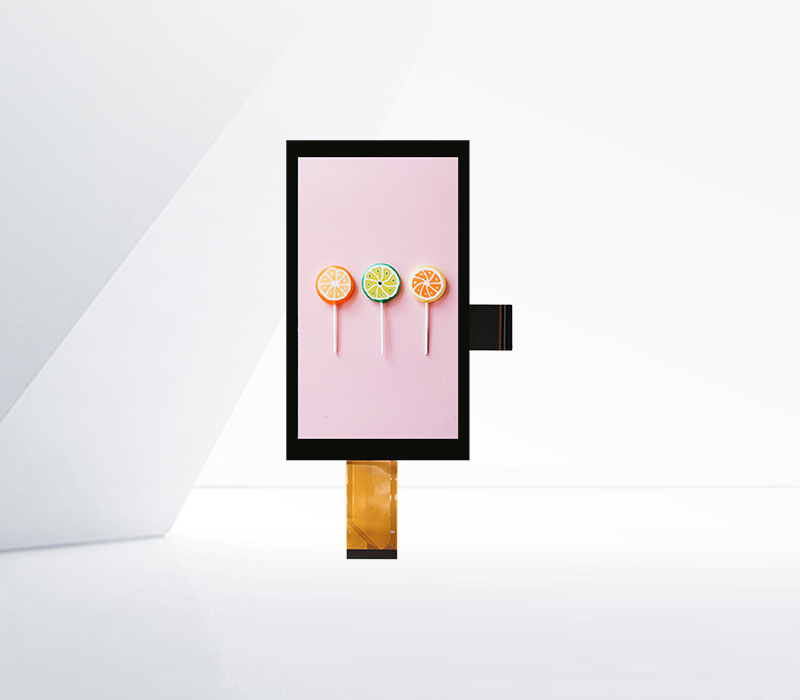




The touch operation sensitivity of IPS LED displays is a critical factor that significantly impacts the user experience, especially in applications where interactive functionality is required, such as self-service kiosks, digital signage, and touch-enabled traffic guidance systems. Achieving high touch sensitivity involves a combination of advanced hardware design and sophisticated software algorithms.
From a hardware perspective, the touch sensing technology used in IPS LED displays plays a crucial role. Capacitive touch sensors are commonly employed due to their high sensitivity and accuracy. Capacitive touchscreens consist of a layer of conductive material, usually indium tin oxide (ITO), applied to the surface of the display. When a user touches the screen, the conductive human body changes the electrical field of the ITO layer, and the touch controller detects this change to determine the touch location. In IPS LED displays, the design of the touch sensor is carefully integrated with the display panel to ensure minimal interference with the visual performance while maximizing touch sensitivity.
The quality and thickness of the cover glass also affect touch operation sensitivity. A thinner cover glass reduces the distance between the touch point and the touch sensor, allowing for more accurate detection of touch events. However, the glass must also be strong enough to withstand daily use and potential impacts. High-quality cover glasses with excellent optical clarity are used to ensure that the touch sensitivity is not compromised while maintaining the visual quality of the IPS LED display. Additionally, anti-smudge and anti-fingerprint coatings on the cover glass can prevent the accumulation of oils and dirt, which could otherwise interfere with touch detection.
Software algorithms are equally important in enhancing touch operation sensitivity. Advanced touch drivers and firmware are designed to accurately interpret the electrical signals from the touch sensor and convert them into precise touch coordinates. These algorithms can filter out noise and false touches, ensuring that only genuine touch events are registered. They also support multi-touch functionality, allowing users to perform complex gestures such as pinching, zooming, and swiping with ease. Calibration of the touchscreen is another critical software-based process. Regular calibration ensures that the touch coordinates accurately match the visual elements on the IPS LED display, improving the overall touch accuracy and user experience.
To further improve touch sensitivity, some IPS LED displays incorporate additional technologies. For example, self-capacitive and mutual-capacitive sensing methods can be combined to enhance the detection of touch events. Self-capacitive sensing is good at detecting the presence of a touch, while mutual-capacitive sensing provides more accurate location information. By leveraging the strengths of both methods, the touch sensitivity and accuracy of IPS LED displays can be significantly enhanced, enabling smooth and responsive touch interactions in various applications.
